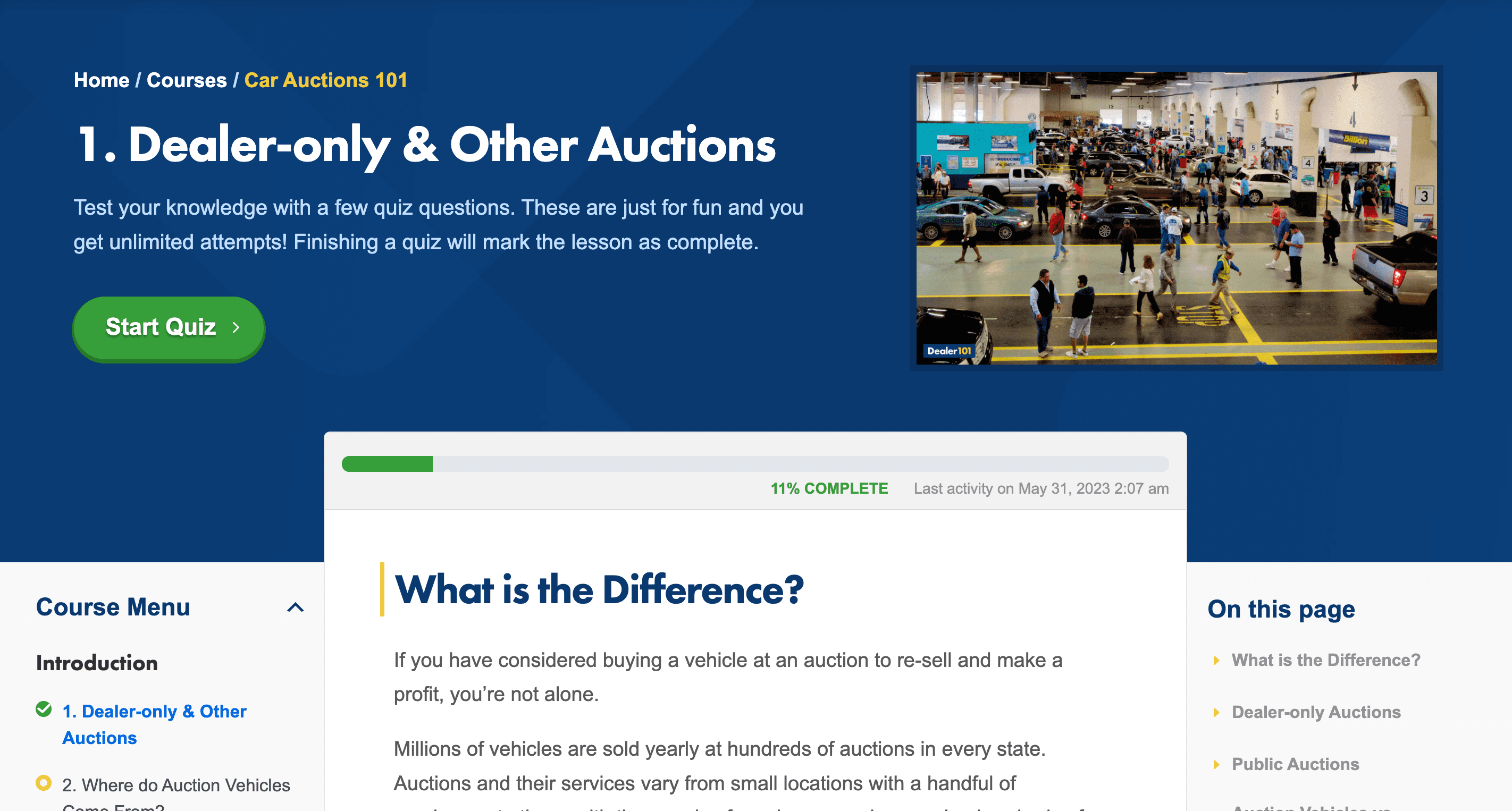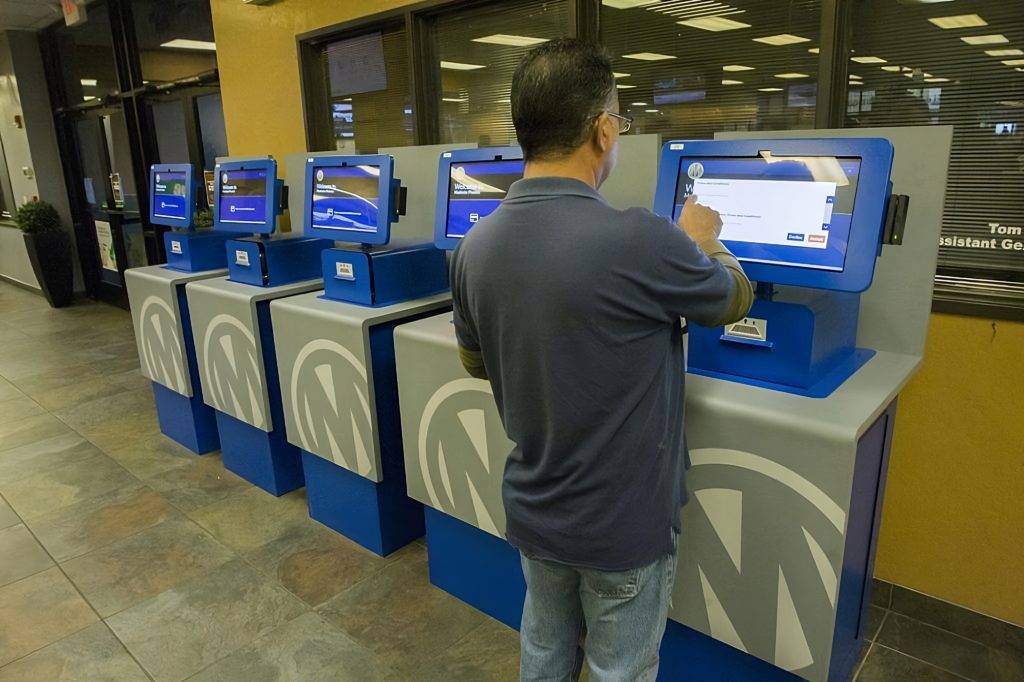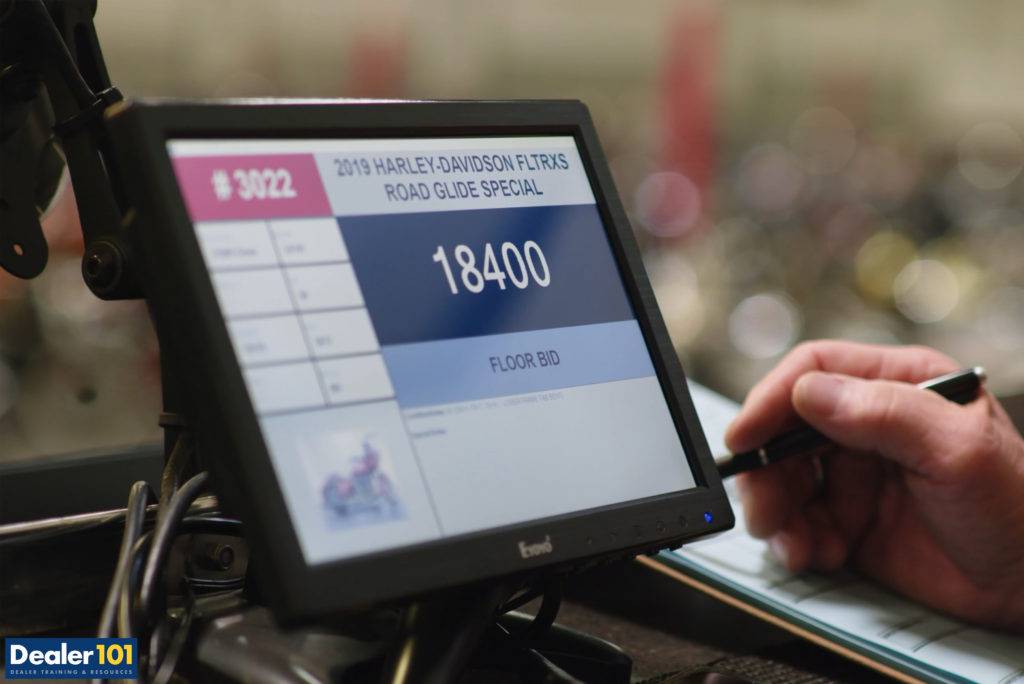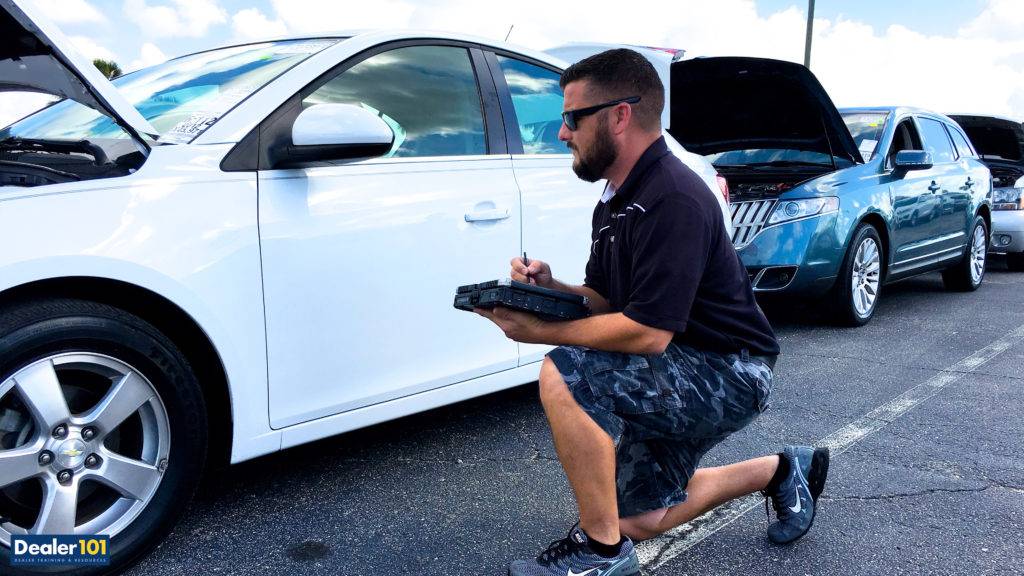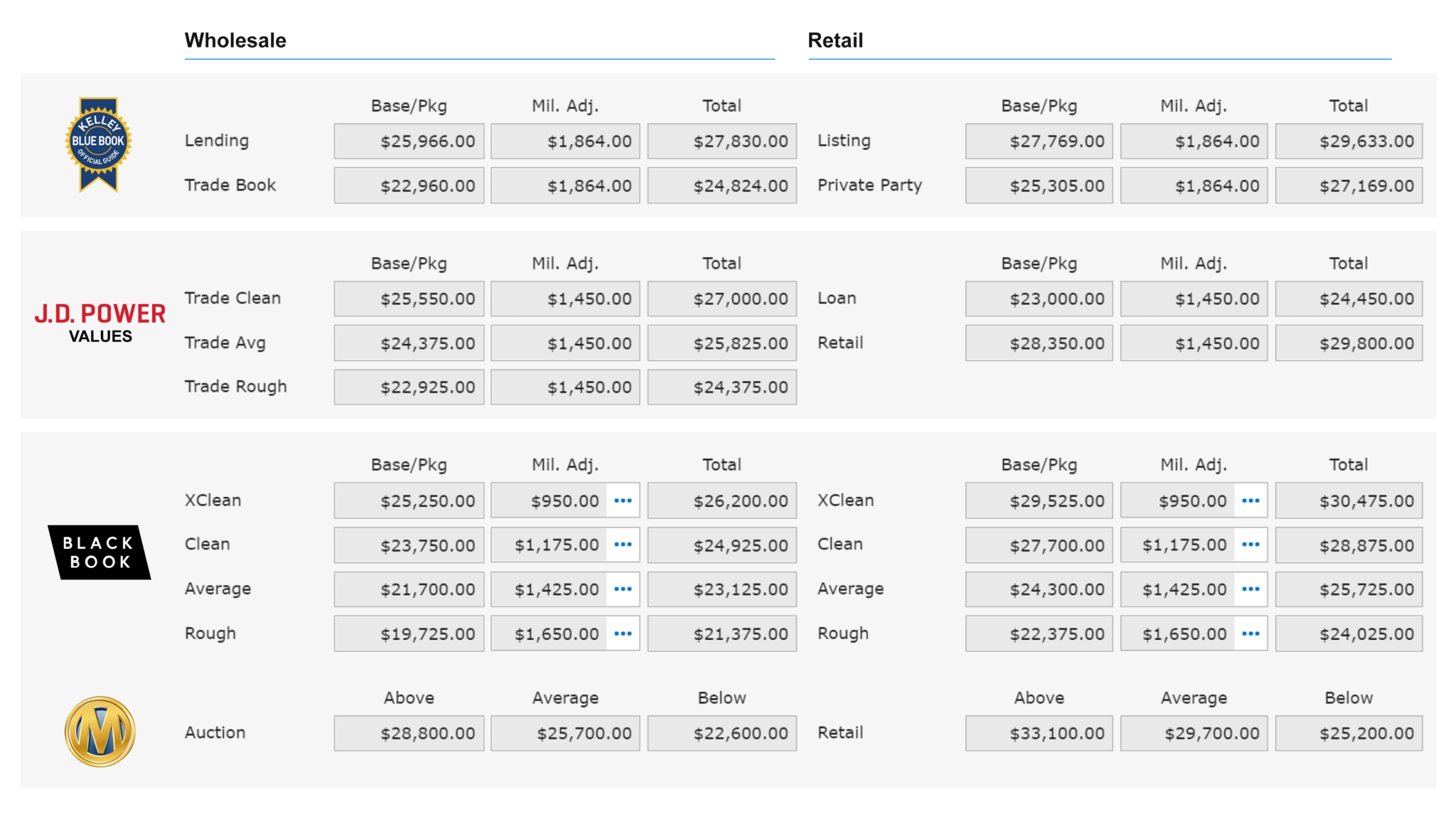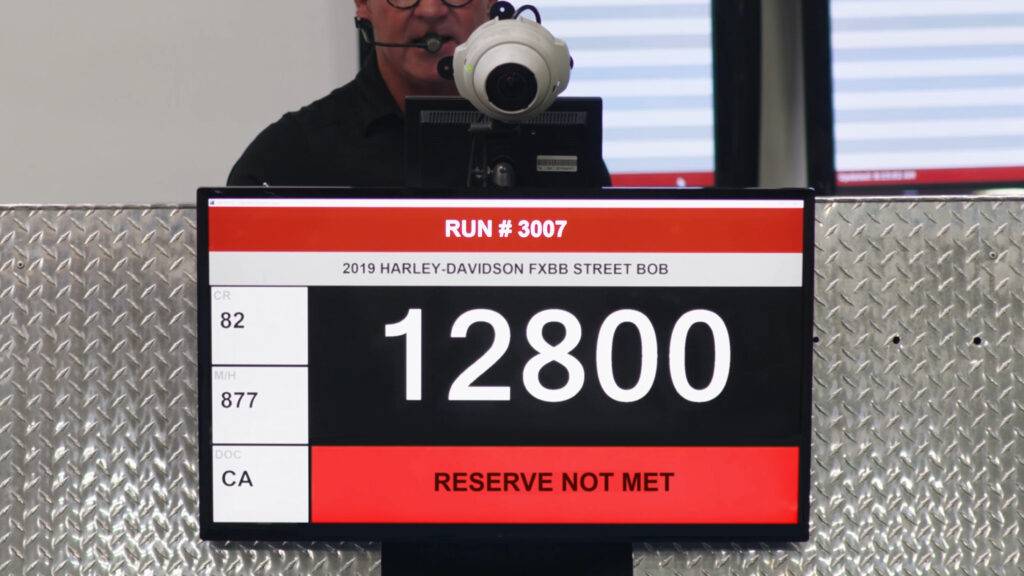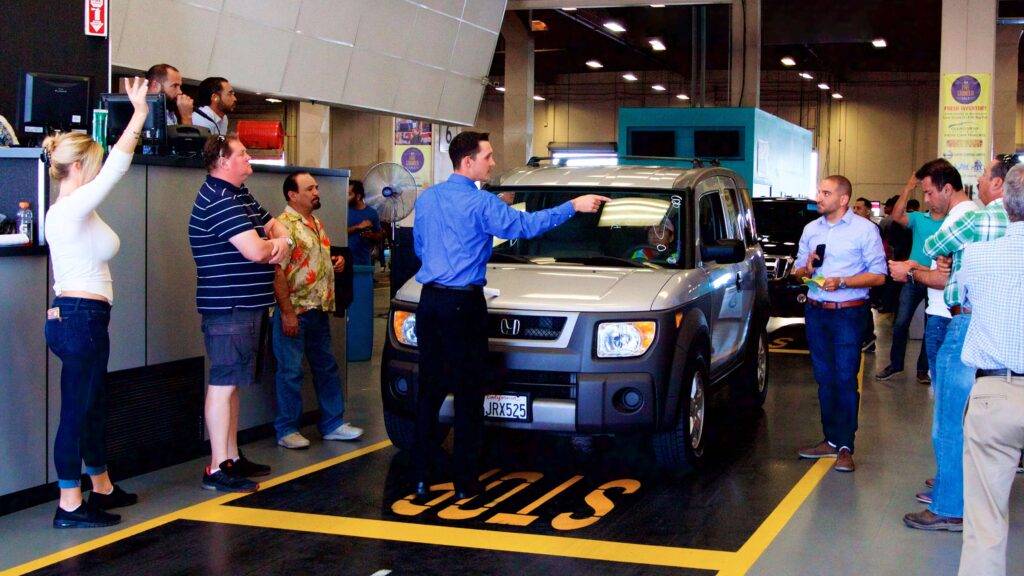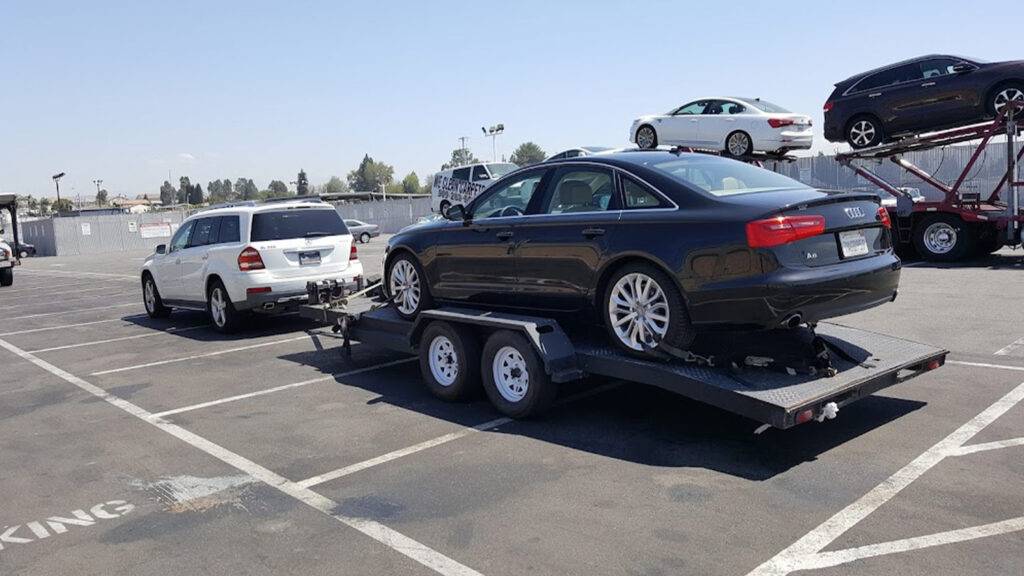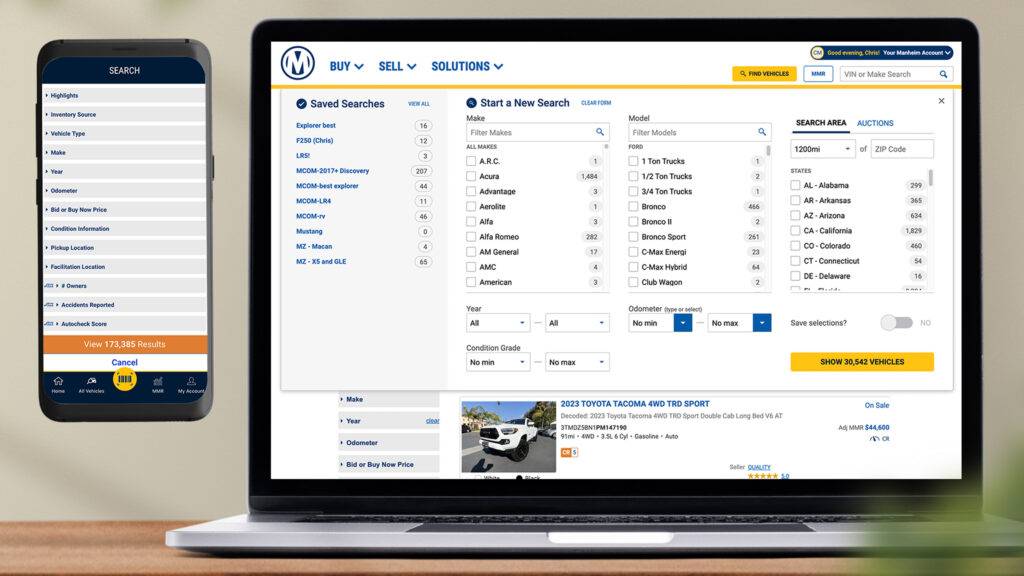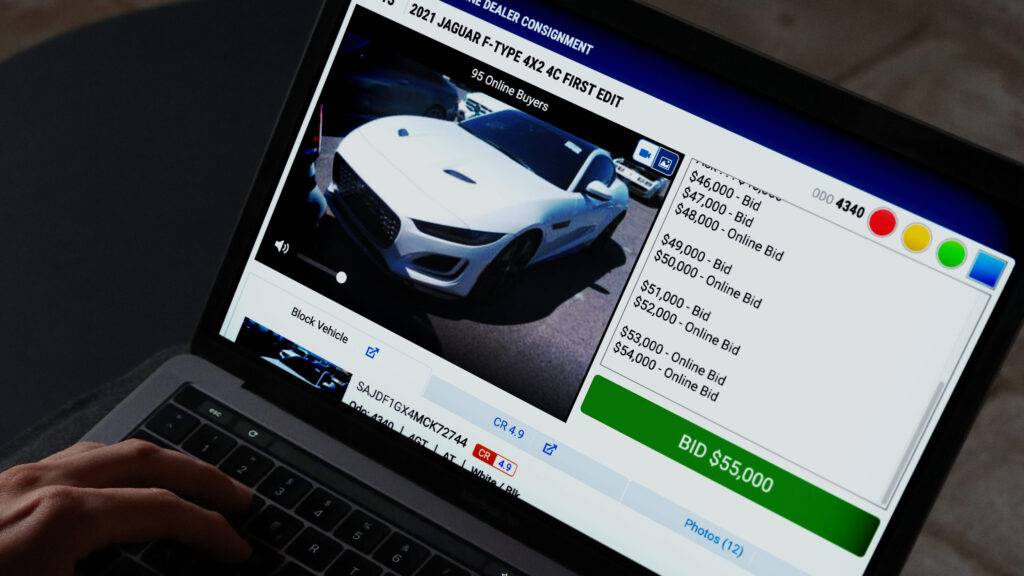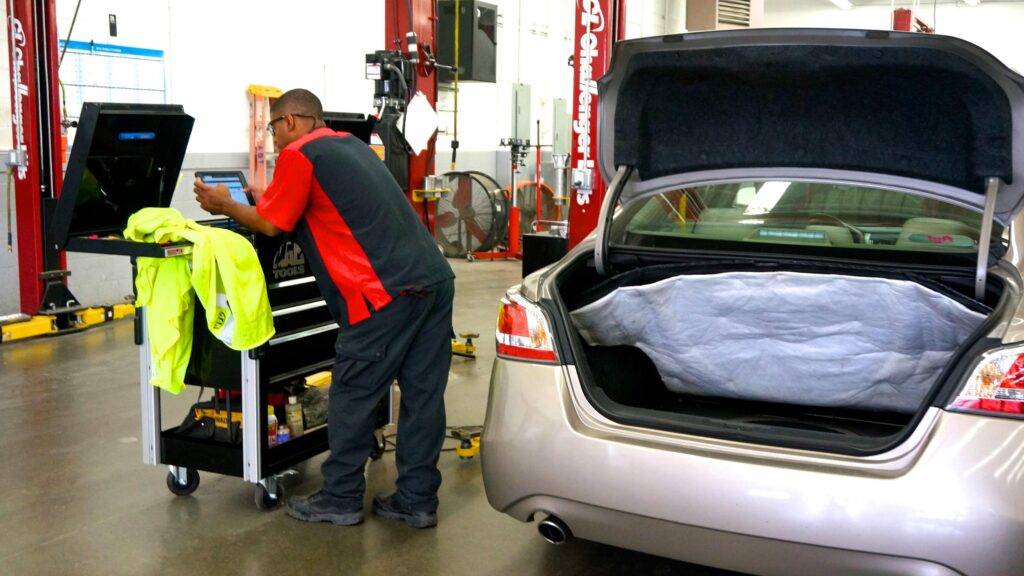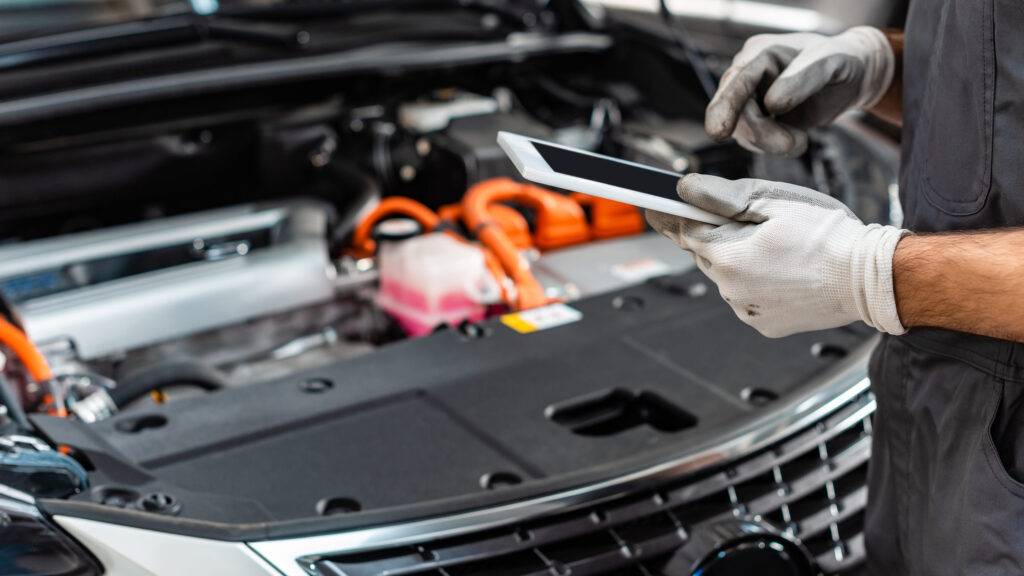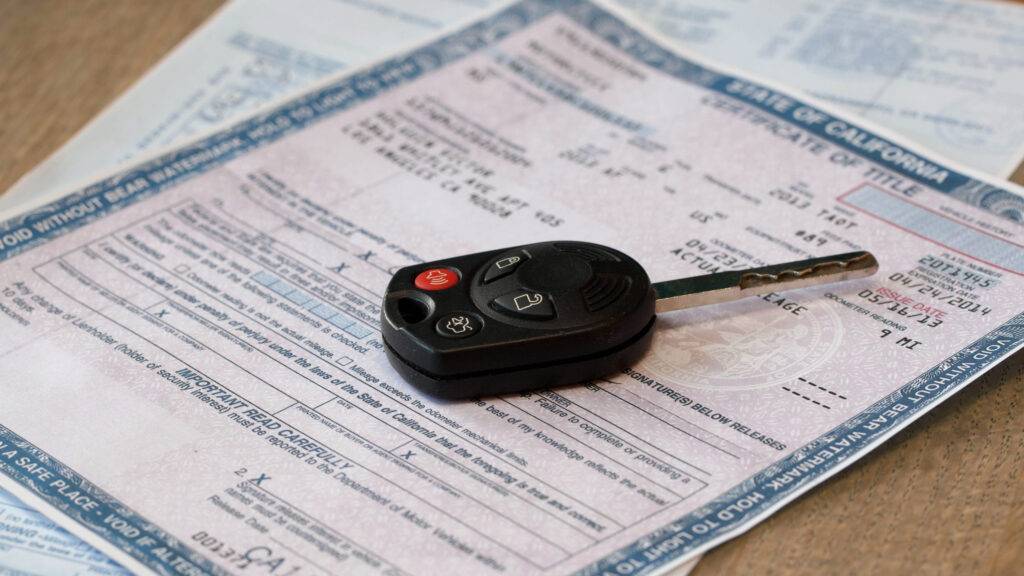
Hello , this is a detailed guide to buying and selling vehicles at auctions developed by experienced car dealers and auctioneers.
The course covers everything from registering at auctions to bidding strategies and how auctions work for post-purchase logistics and dealer financing. We’ll equip you with live phone support and the tools to navigate auctions confidently to avoid costly mistakes.
Instantly accessible after purchase in your Dealer101.com account.
Section 1: Introduction to Vehicle Auctions
Buying and selling cars at auctions offers unique opportunities, and understanding the nuances can benefit you financially. This section explores the differences between dealer-only and public auctions, the sources of auction vehicles, and the processes of registration and previewing vehicles coming up for sale. You’ll also get acquainted with key auction slang to ensure you’re fully prepared. With this knowledge, you can confidently make informed decisions and navigate the auction landscape.
Section 2: Predicting Auction Prices
This section introduces key factors influencing vehicle prices at auctions, including how starting bids and final prices are set. Learn how tools like Kelley Blue Book and Manheim Market Report can be used to look up a vehicle’s value and the various fees involved in buying and selling vehicles.
Section 3: Buying & Selling Vehicles
This section covers buying and selling vehicles at auctions, including setting reserve prices, understanding different bidding strategies, and navigating auctions with a live auctioneer. The lessons also explain how dealers can sell vehicles (consignments), including disclosures and setting floor (minimum) prices.
Section 4: Finding Vehicles at Auctions
This section guides you through locating vehicles at auction. We will navigate pre-sale inventory lists, understand auction run numbers, and use saved searches and alerts to efficiently track the vehicles you’re interested in.
Section 5: Auction Condition Reports & Inspections
This section focuses on evaluating vehicle conditions before buying. Learn about the different auction lights, conducting your own inspections, and pre-sale and post-sale condition reports to make informed buying decisions.
Section 6: Titles & Documents
This section covers the paperwork involved in buying vehicles at auction and the different types of titles, including clean and salvage. Learn about title guarantees and disclosures to ensure a smooth transaction.
Section 7: Auction Policies
This section outlines key auction policies, including buyer guarantees, seller responsibilities, and the rules to follow before placing a bid. Understanding these policies ensures you navigate the auction process confidently and comply with all requirements.
Section 8: Paying & Transporting
This section addresses the final steps in buying vehicles at auction, covering payment options, financing methods, and the logistics of retrieving or shipping your purchases after the auction.
FAQ
